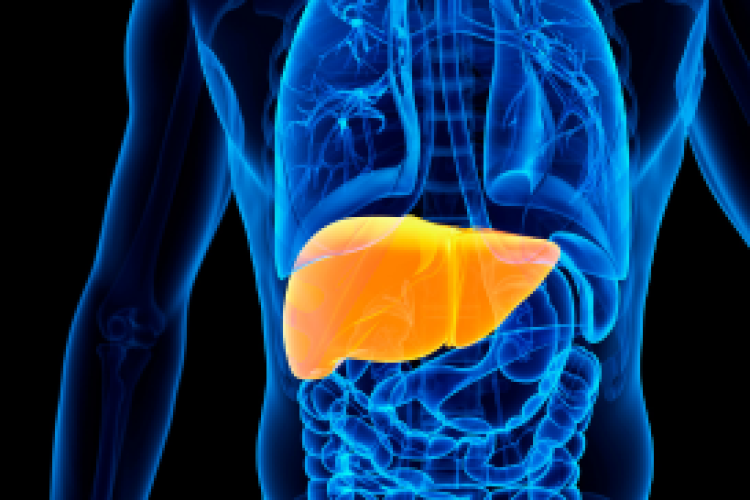
Breasts contain both fibrous and glandular tissue as well as fat. Breast density describes the amount of fibrous and glandular tissue compared with the amount of fat. Dense breasts have more fibrous and glandular tissue than fatty tissue. For most women, breasts become less dense with age. But in some women, there’s little change over the years.
It’s unclear why dense breast tissue is linked to breast cancer risk. One factor may be having dense breasts may also make it harder to see signs of cancer on a mammogram. That’s why other screening methods may be recommended to supplement your mammogram if you have dense breasts.
If You Have Dense Breast Tissue
If a mammogram shows you have dense breasts, talk with your healthcare provider about adding an ultrasound to your yearly screening mammogram,” says Dr. Mitchell. “For some women, adding the ultrasound allows the Radiologist to get a better look at the breasts. “
But getting an ultrasound because you have dense breasts doesn’t mean you should skip your yearly mammogram. The mammogram is still the gold standard in breast cancer screening, and most breast cancers can be seen on a mammogram, even in women with dense breast tissue.
Advanced Screening Options
In some cases, even more advanced screening methods may be called for. The Breast Center at Montefiore Nyack Hospital offers a full range of breast cancer screening services. Our board-certified, fellowship-trained radiologists have access to the most sophisticated technology to help detect breast cancer at its earliest stages. These advanced tools include:
· 3D Mammography: Also known as 3D tomosynthesis, this type of mammography uses multiple X-rays to create a 3D image of the breast. It’s the most advanced imaging for breast cancer detection at the lowest possible radiation dose. 3D mammography is more effective than 2D mammography at detecting cancers earlier. It also decreases the need for women to be called back for additional testing. This type of mammogram is very effective for women with dense breasts.
· Breast Ultrasound: This test uses sound waves to make images. It’s used on its own or in combination with mammograms to provide additional detail about an area. Ultrasound can sometimes find cancers not seen on mammograms.
· Breast MRI: Magnetic resonance imaging expands the ability to diagnose early-stage breast cancers that may not be visible on mammography or ultrasound. It’s a highly sensitive exam that uses radio waves and powerful magnets to create detailed images of breast tissue. Having an MRI added to their annual mammogram and ultrasound screening may benefit some women who have a strong family history of breast cancer, a breast cancer gene or other high-risk characteristics.
To make an appointment for a screening, call 845-348-7579.



 Upcoming Events
Upcoming Events



